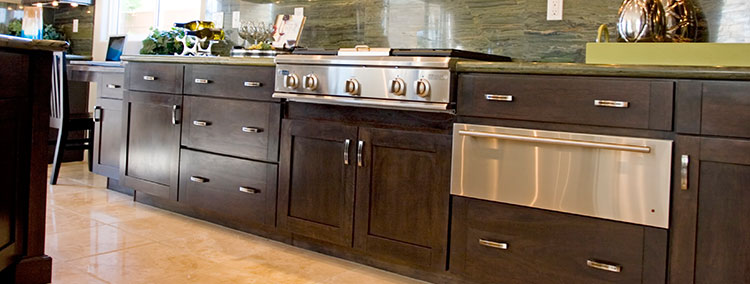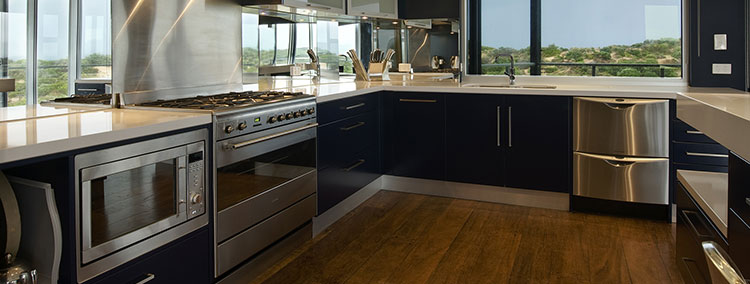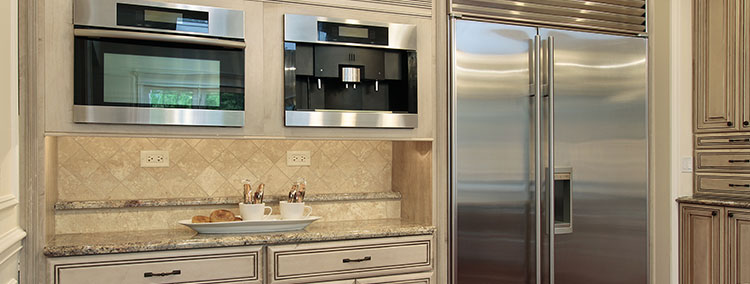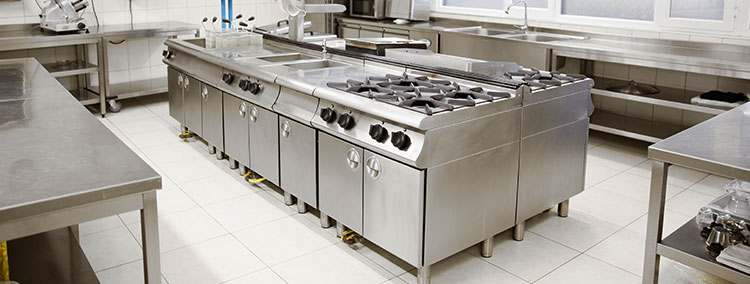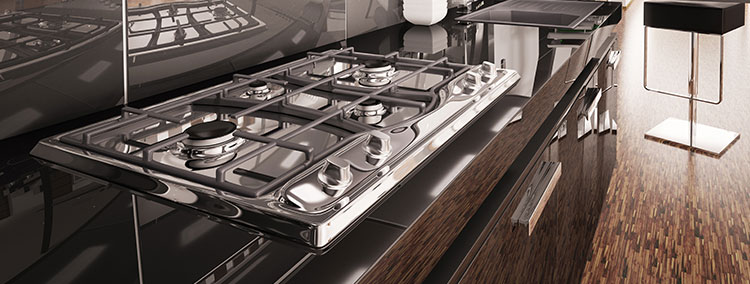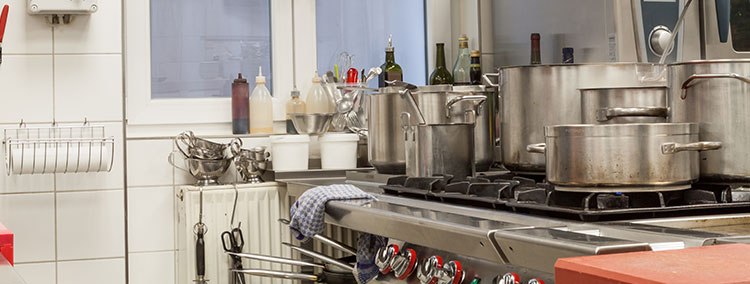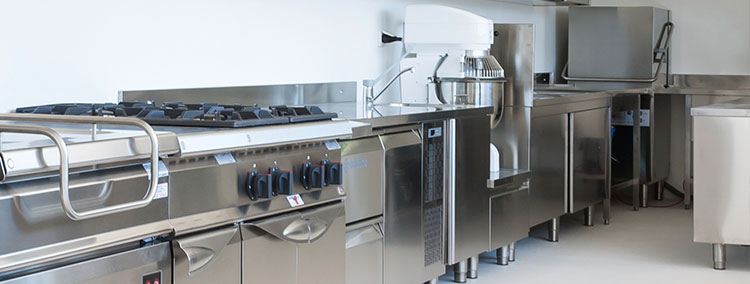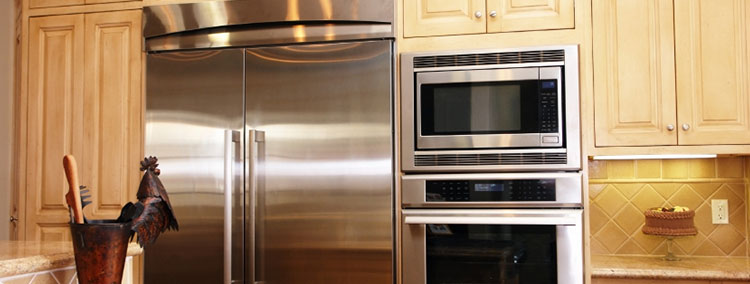For your oven to continue functioning properly and avoid hiring oven repair professionals every now and then, you need to treat it right. Unfortunately, many homeowners make plenty of mistakes without even knowing. To help you out, here are some of the things you might be doing wrong to your appliance that might be ruining it:
Overloading the unit
Attempting to cook too many things at once reduces your oven’s overall performance and raises the chance of a fire resulting in your home.
If the racks are crammed all the time, the heated air can’t circulate freely. As a result, the unit doesn’t function as properly as it should. What’s the solution? Stagger cooking periods. This means that you should cook your food at different times. Don’t cook all the food at the same time.
To get rid of the need to warm the food, make it a habit to cover the food items with a lid or foil. This will keep them warm on the cooktop and you won’t need to warm them.
Placing a foil at the bottom of the oven
You might have come across information that placing a foil at the bottom of your oven will make future cleaning easier, but this isn’t the case. In fact, it can actually block airflow and interfere with the heating element, causing oven failure or necessitating recalibration, which, as you can tell, means that you have to spend more money on the unit.
Instead of placing a foil at the bottom, simply clean your oven on a regular basis (such as weekly wipe-downs with a damp washcloth) to keep the inside sparkling clean.
Ignoring the rust on the racks
It’s normal for the racks on your oven to develop rust over time. This rust not only poses danger to your baking dishes, but the rust can chip off, increasing the risk of your racks catching fire.
Unfortunately, many homeowners ignore this as they think that the rust is harmless. This is wrong. When you spot rust on your unit, clean it using a nonabrasive scouring pad and a solution of soapy water and vinegar.
This will soften the rusty flakes and prolong the life of your oven racks.
Failing to treat the door with the care it deserves
Occasionally, when cleaning the door, homeowners get overly enthusiastic and vigorously scrub the glass, damaging it. This is worsened when they use hard materials instead of soft items such as a sponge, for removing the grime.
Scrubbing, slamming the oven door accidentally when your hands are full, and using the door to temporarily store hot pots before placing them on the kitchen table can all contribute to the formation of micro-fissures in the glass, which may eventually cause it to break or even explode.
To avoid all this, handle your oven door gently. If you notice a problem with it, regardless of how minor it is, fix it immediately. You can work with professionals, or if the problem is minor, you can do it yourself.
Spraying the knobs with a cleaner
The act of immediately misting home cleaner on the controls is one of the most crucial habits to eradicate. The liquid could easily get behind the knobs and switches and short out the control panel. To avoid shorting, use a rag sprayed with liquid cleaning and rub the controls.
Failing to clean the oven when you are supposed to
The heat sources in the oven may not be able to fully preheat the oven due to dirt accumulation. In addition to making your oven work more than necessary, this could result in undercooked food.
To avoid this, you should regularly clean off the burned-on foods from the racks, floor and walls. This will save you the hassle of having to unblock the heating elements and allow them to run efficiently.
To be on the safe side, make it a habit to clean your oven at least twice a month. If there are spills in the oven, move with haste and get rid of them as soon as possible. Don’t let them sit there for too long than they should.
Overrelying on the self-cleaning feature
Though useful, you shouldn’t use the self-cleaning feature in place of routine cleaning. You also shouldn’t use it on highly filthy ovens.
Out of laziness or busy schedules, homeowners procrastinate the cleaning of their ovens. Many opt for the self-cleaning option, only to realize it’s too late.
You can see smoke during the self-cleaning procedure if the dirt and residue have been accumulating for some time. A fire may even break out in such a situation.
Furthermore, the self-cleaning function is taxing on your appliance because it heats the oven to 500–600 degrees for two hours. This not only reduces the life of the appliance but also leaves you with a huge energy bill.
As a general rule of thumb, you should minimize the frequency of use of the self-cleaning feature. And when doing it, ensure that you are doing it right by following the manufacturer’s instructions.
To be on the safe side, use this feature once or twice a year. Don’t use it whenever you want to clean the oven, as it will most likely lead to more harm than good.
Leaving the racks on during self-cleaning
One common mistake many users of the self-cleaning feature make is failing to take out the oven racks before starting the cycle.
Because residue tends to build up on the racks during regular oven use, removing them beforehand helps extend the life of your racks and possibly assist to lessen the strong chemical scent when utilizing the self-cleaning feature. Unfortunately, many homeowners forget to remove them.
Removing the metal racks from the oven completely and soaking them in hot water with a small amount of dishwasher detergent is the most effective way to clean them.
After letting them soak for two hours, use a stiff brush to clean the racks; make sure to rinse and dry them before putting them back in the oven.
Failing to install surge protectors
If you haven’t installed a surge protector, a thunderstorm or lightning strike poses a serious risk to the operation of your electric oven.
To protect it—or any other appliance from extreme weather and excess voltage, have a surge protector in place during the installation of the device.
This will keep your unit in top shape and you won’t need to hire an appliance repair Alexandria professional to fix it for you.
